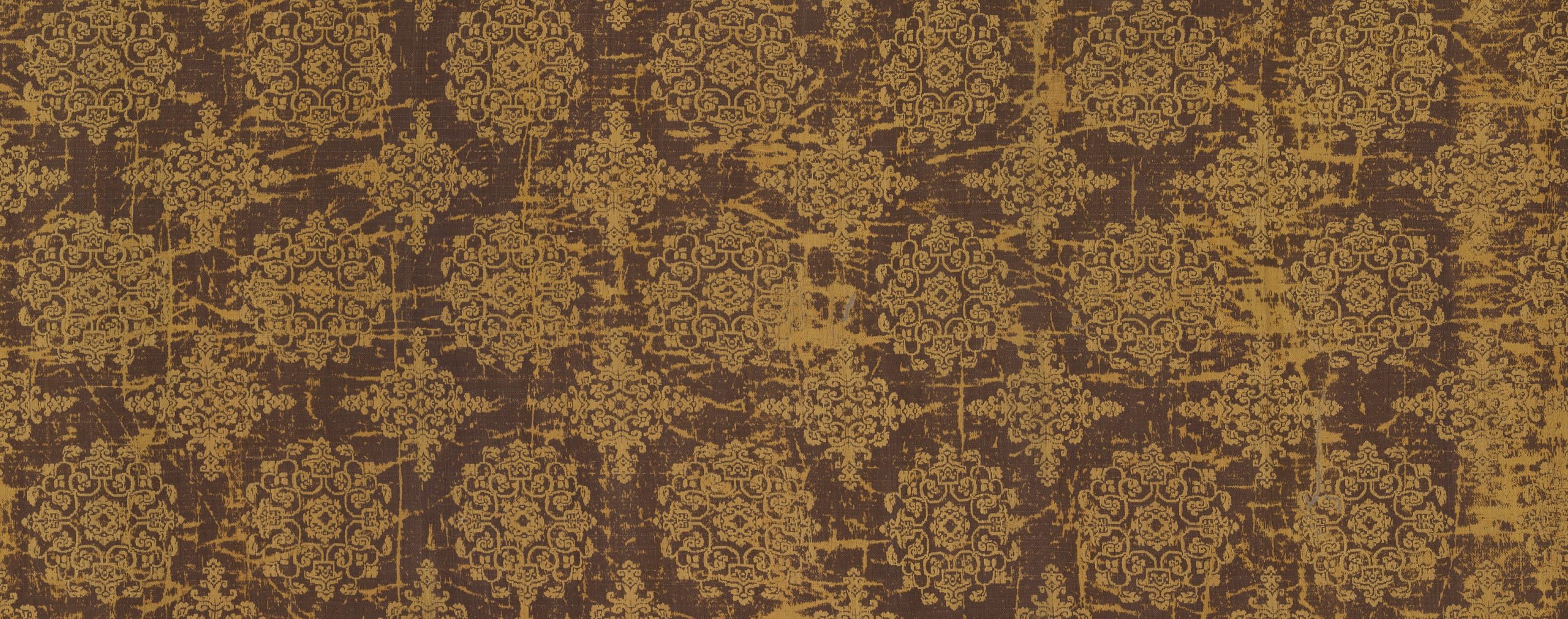Time Needed: 60-90 minutes
Contributed by: Diane Luu, Middle School Teacher, Jane Lathrop Stanford Middle School, Palo Alto, CA
Objective
Students will analyze various objects created during Tang(tahng) China to infer cultural values and norms, developing historical thinking and inquiry skills.
Essential Questions
- What skills does a historian apply when looking at art?
- How does art contribute to our understanding of history?
- How do we know what we know about history?
Cosmopolitan is a word commonly associated with Tang(tahng) China (618–907 CE), and justifiably so. Politically through foreign diplomacy, and culturally through merchants, travelers, and missionaries, the Tang capitals at Chang’an(chahng ahn) present-day X’ian (Shannxi province); capital of the Western Han dynasty and Tang Empire., and later at Luoyang(loo-o-uh-yahng), saw to the convergence of a large diverse and multicultural population. The Silk Roadan ancient network of land and sea trade routes established during the Han dynasty (206 BCE–220 CE) that existed until the middle of the Ming dynasty (1368–1644). These trade routes stretched from China across Asia to the Near East, the Mediterranean, and East Africa. trade under the Tang dynastya series of rulers from a single family. was bustling with cultural exchange that stretched all the way to Rome in the west and Japan in the east. The expansion of Chinese territory covered parts of modern-day Mongolia, Afghanistan, Korea, and Vietnam. The Tang elitea select group that is superior to the rest of a group or society in terms of abilities or qualities. class embraced foreign influences that allowed for art styles to utilize new designs and techniques, which can be seen in their music, fashion, textiles, and ceramics. Sancai(sahn-ts-eye) literally, “three colors”; a dripping effect of three colors of glazes favored in the Tang dynasty. Typically, it refers to yellow, green, and creamy white glaze. ware were found throughout Tang burial tombs and depict everyday life. The Tang dynasty was a time of prosperitythe state of being wealthy or successful. and rich worldly cultural sophistication.
cosmopolitan: communities with representation of peoples from many different countries.
sancai(sahn-ts-eye) literally, “three colors”; a dripping effect of three colors of glazes favored in the Tang dynasty. Typically, it refers to yellow, green, and creamy white glaze. ware: literally, “three colors”; a dripping effect of three colors of glazes favored in the Tang(tahng) dynastya series of rulers from a single family.. Typically, it refers to yellow, green, and creamy white glazes.
Silk Roadan ancient network of land and sea trade routes established during the Han dynasty (206 BCE–220 CE) that existed until the middle of the Ming dynasty (1368–1644). These trade routes stretched from China across Asia to the Near East, the Mediterranean, and East Africa.: an ancient network of land and sea trade routes established during the Han dynasty (206 BCE–220 CE) that existed until the middle of the Ming dynasty (1368–1644). These trade routes stretched from China across Asia to the Near East, the Mediterranean, and East Africa.
- Distribute the Worksheet to each student.
- Display an example object from the Tang(tahng) dynastya series of rulers from a single family., such as this Mirror, and model with students how to write observations and inferences using academic language sentence starters.
Observation sentence starters
- This object is made of...
- This object depicts...
- I notice...
Inference sentence starters
- Since this object is made of..., I infer that the Tang people...
- Since..., I infer that this object was used for..., which means that the Tang people valued...
- Divide students into four groups and assign each group an object.
- Students will work in their small groups to observe and infer, filling out the Worksheet.
- Students will practice "jigsaw" discussions: each group will become "experts" on their assigned object. Then, in their small groups, they will use the observation sentence starters and inference sentence starters above to help them fill out their Worksheet.
- Students will discuss ideas they wrote on their graphic organizer, guided by the Worksheet.
- Choose an extension activity to extend learning or to assess students' understanding.
Describe
- What color(s) is the object?
- What materials(s) was used to make this object?
- What stands out about this object? What captures your attention?
Analyze
- What artistic skills must one have to create this object? (e.g., painting, sculpting, dyeing, etc.)
- What do you think this object was used for?
- For whom do you think this object was made? What was their social status, occupation, etc.?
Interpret
- What was important to the Tang dynasty? What about the object supports your interpretation?
- What do these objects tell you about the life and governance of the Tang dynasty?
Inquire
- What skills does a historian apply when looking at art?
- How does art contribute to our understanding of history?
- How do we know what we know about history?
Visual Arts
- Create a mural that includes all four objects as they may have been used in the Tang(tahng) dynastya series of rulers from a single family. (or stretch students' creativity and have them depict how the objects may have been used in our contemporary world).
- Have students create a sculpture that depicts the values and customs of their own lives today.
English Language Arts
- Write a fictional story centered around one of the objects. It can be set in modern day or it can be a complete historical fiction. Examples about object-inspired historical fiction include Linda Sue Park's A Single Shard.










